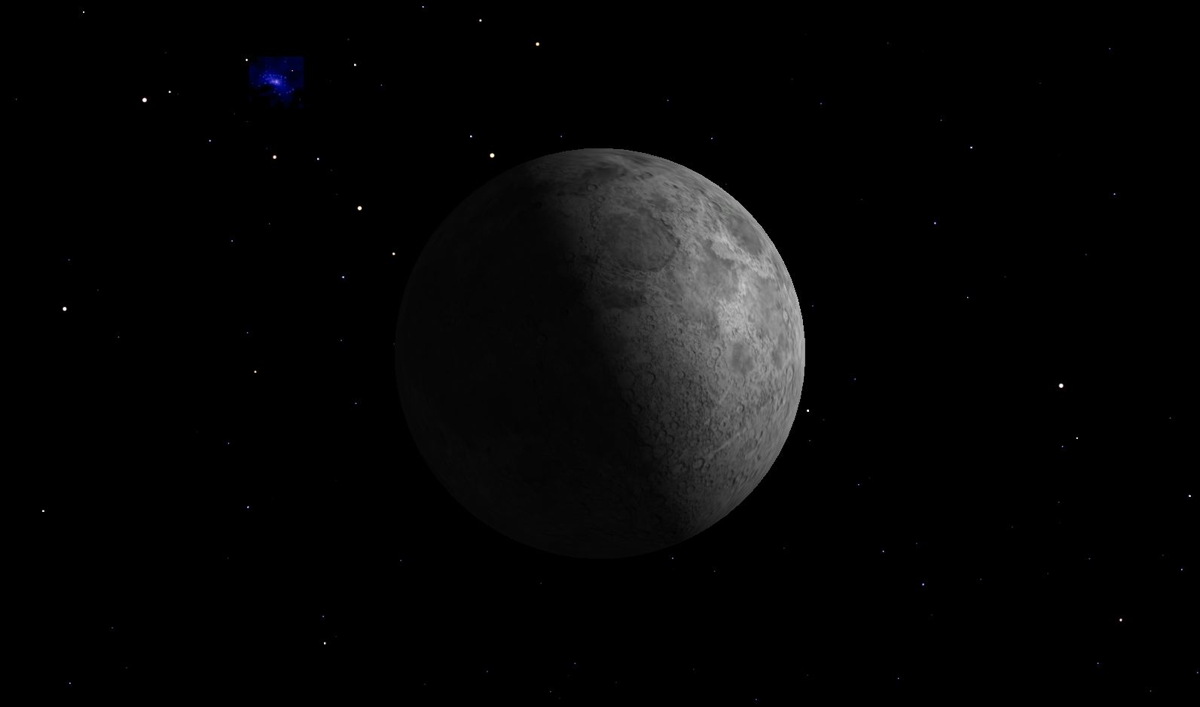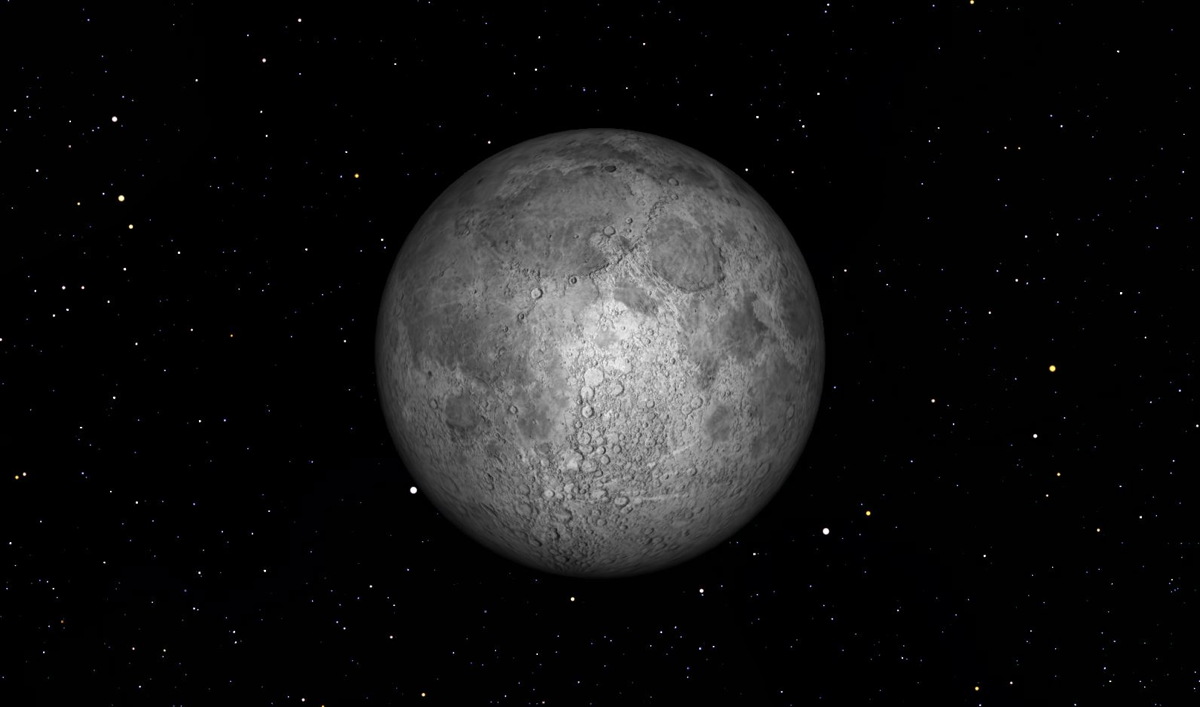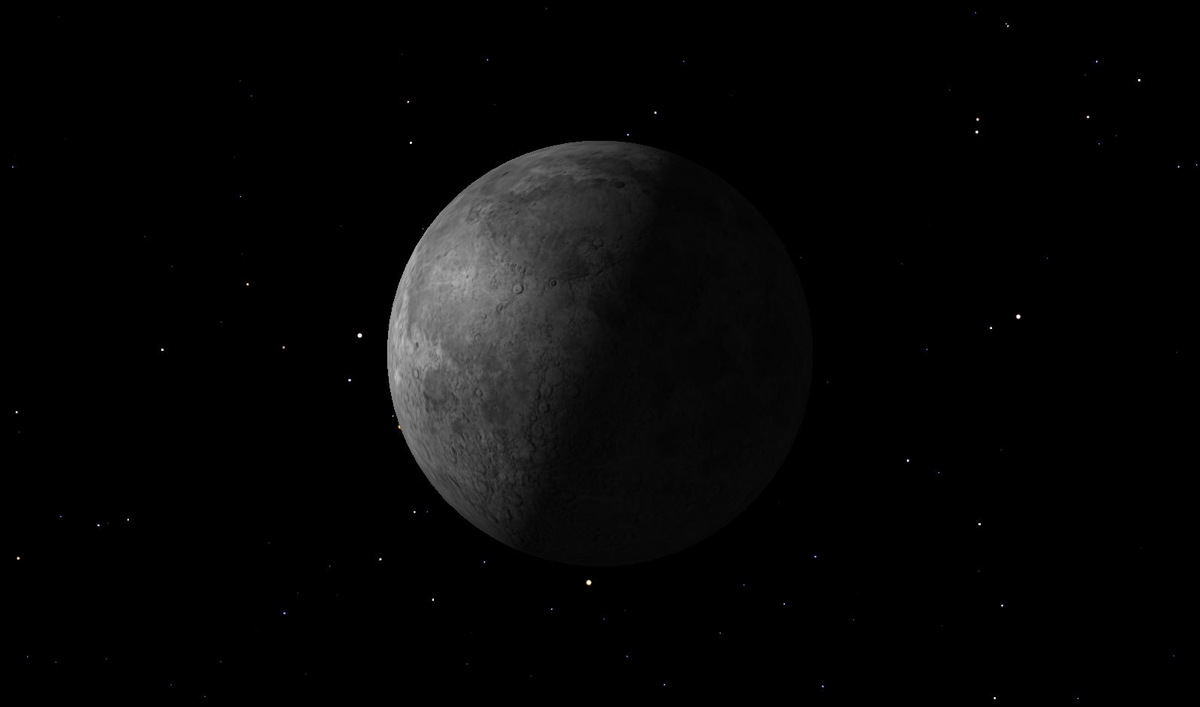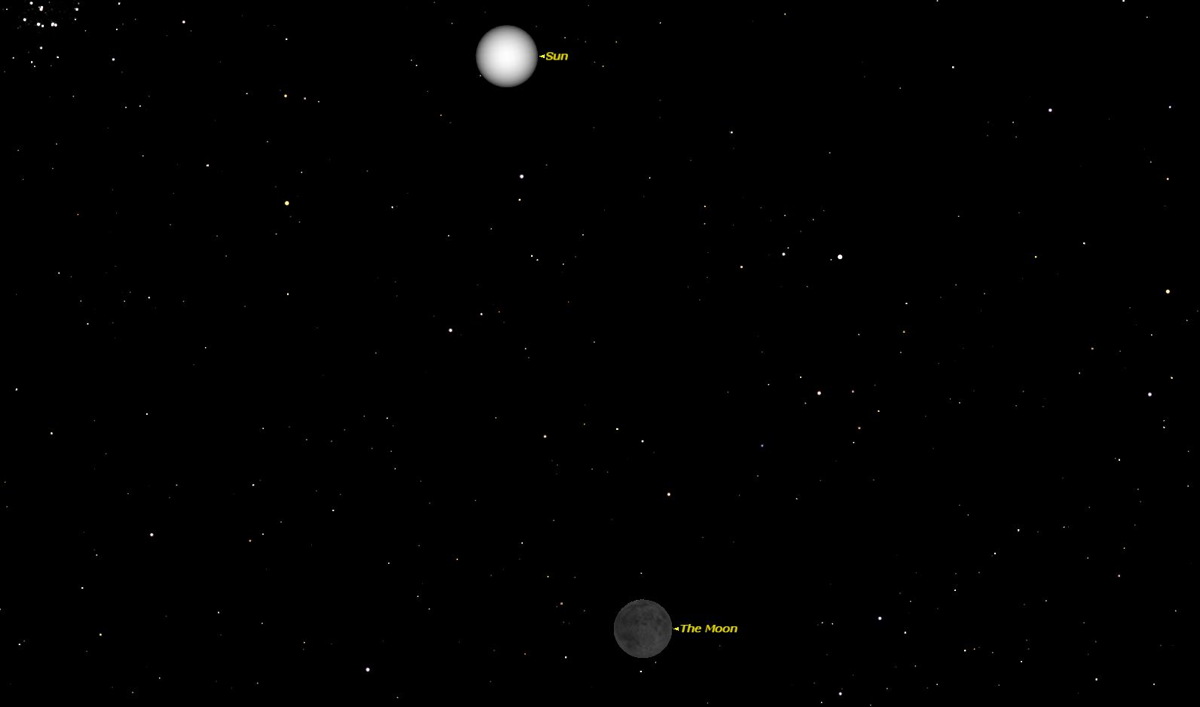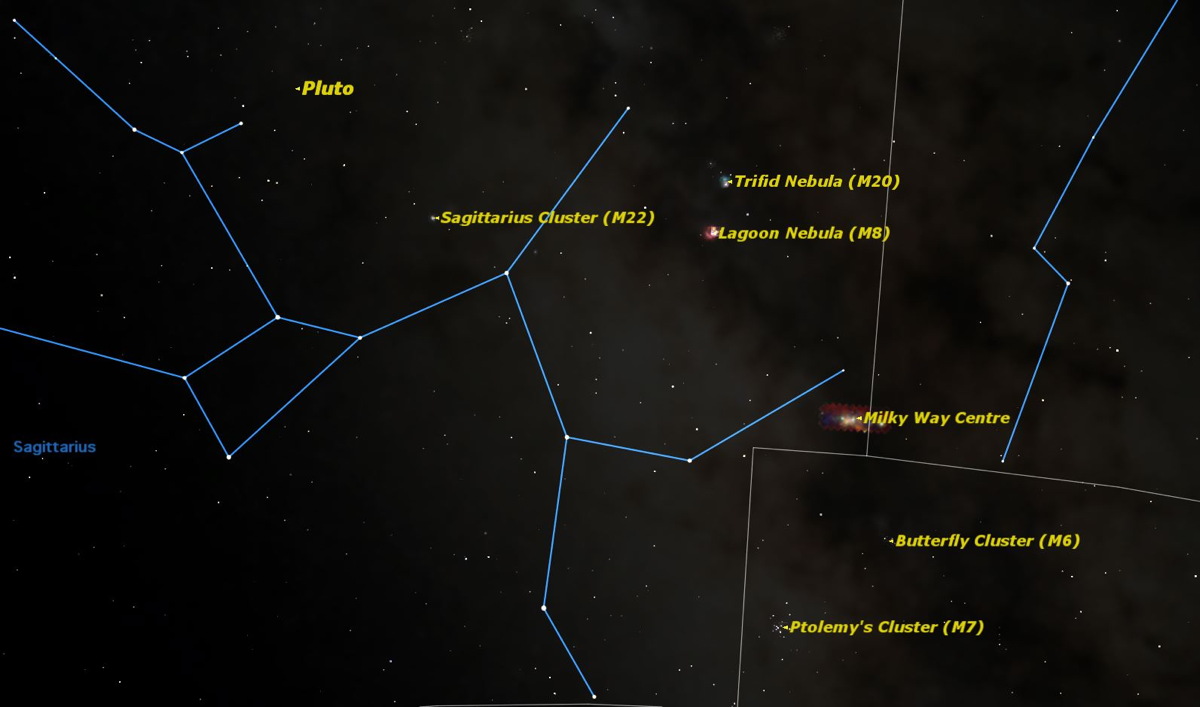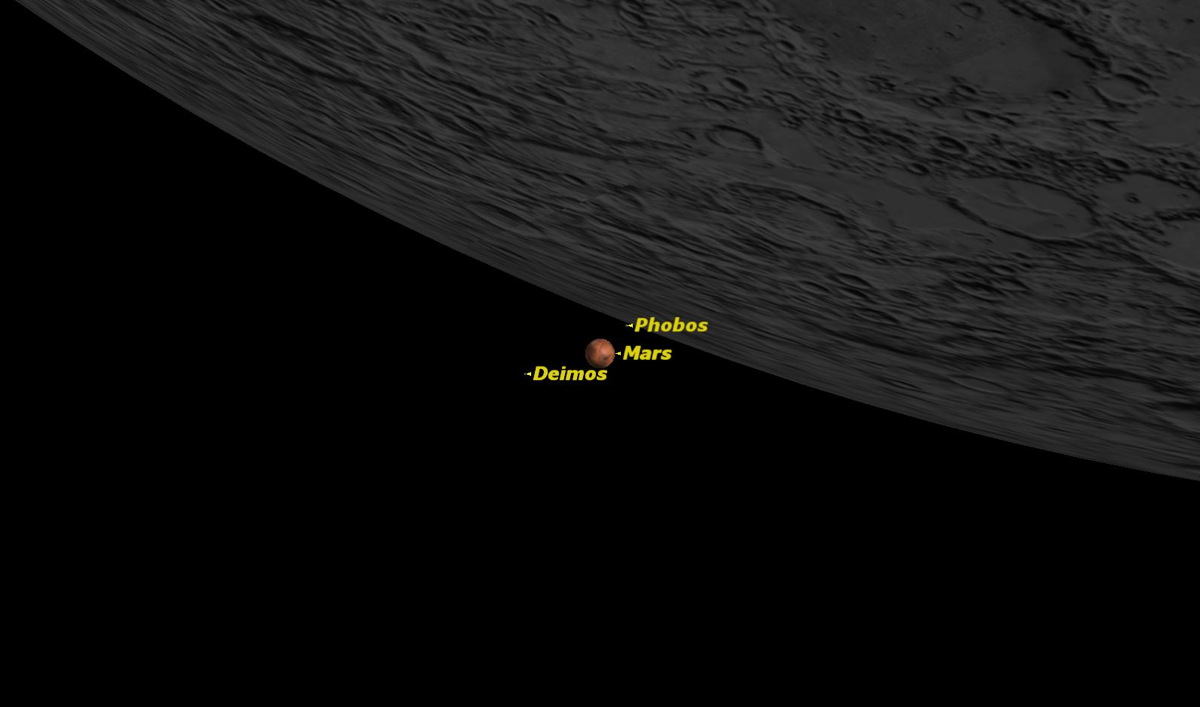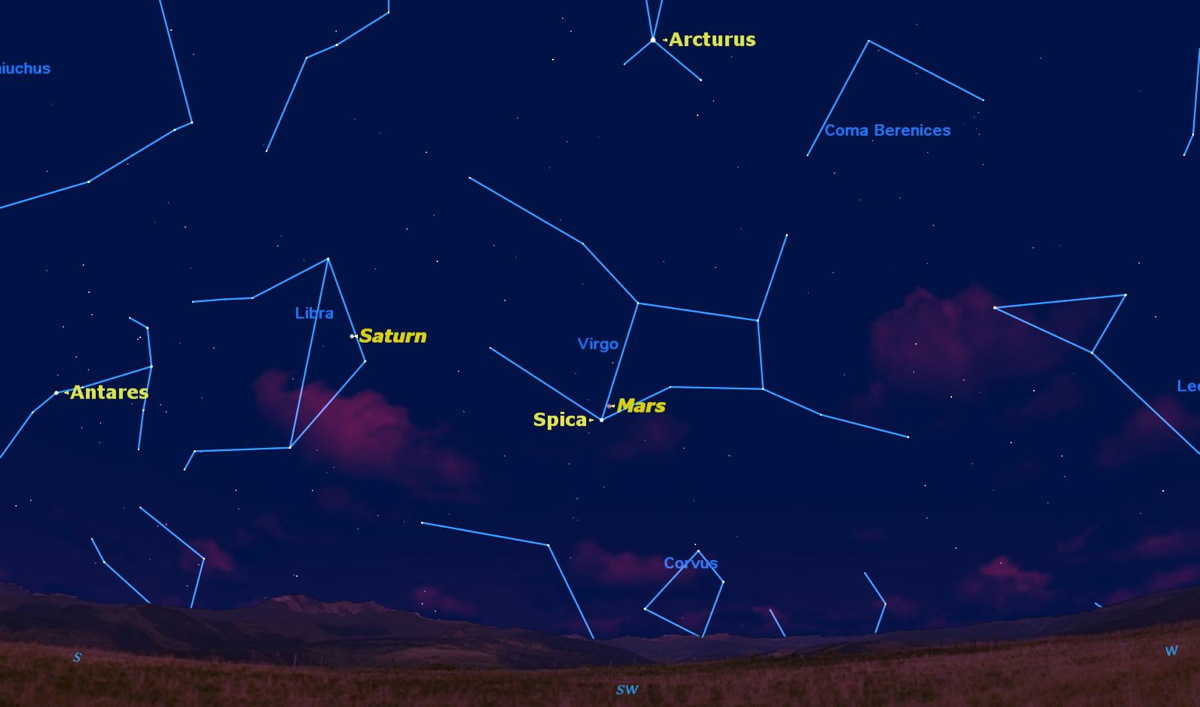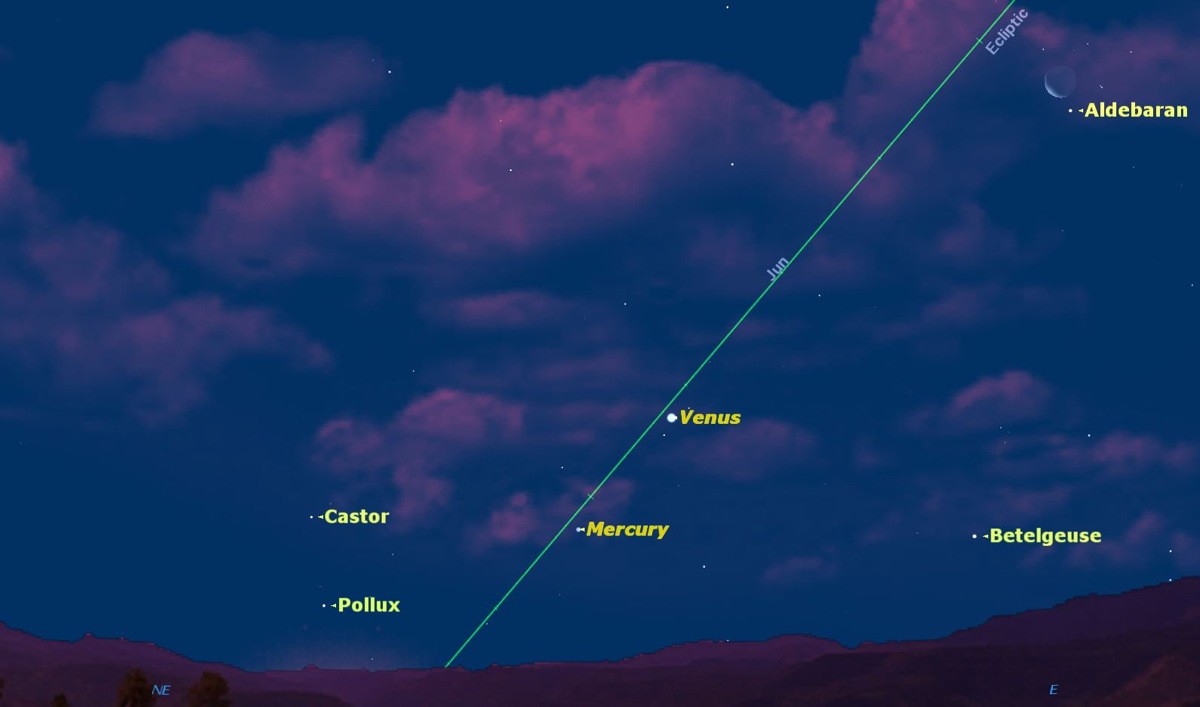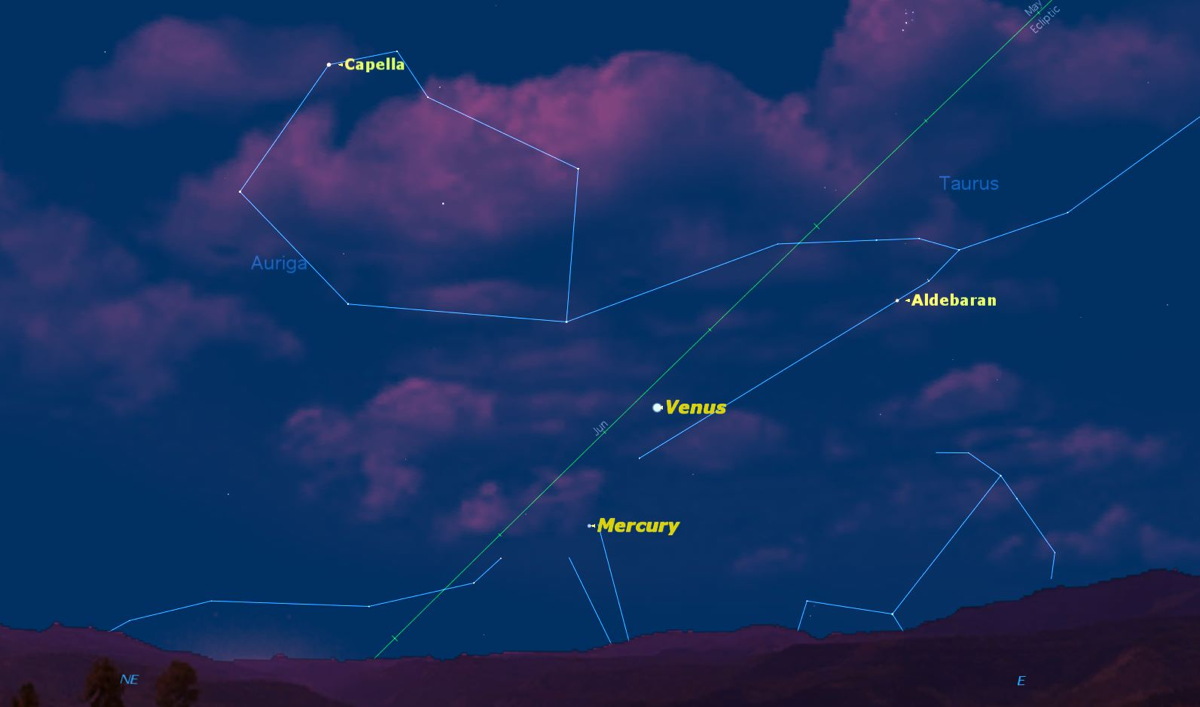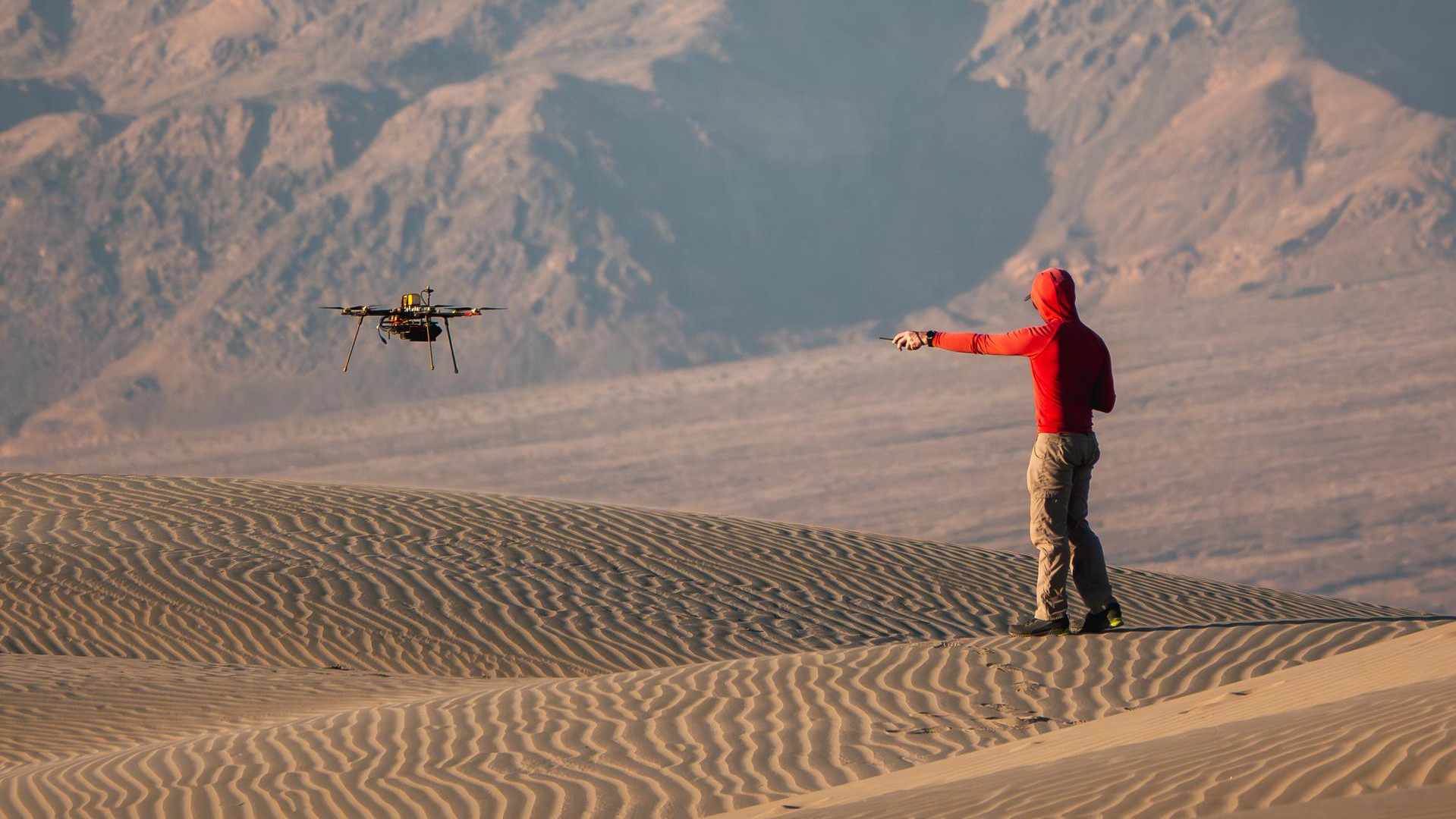Best Skywatching Events of July 2014: Night Sky Maps (Gallery)
First Quarter Moon, July 2014
Saturday, July 5, 7:59 a.m. EDT. The First Quarter Moon rises around 1:45 p.m. and sets around 1:15 a.m. It dominates the evening sky.
Full Moon, July 2014
Saturday, July 12, 7:25 a.m. EDT. The Full Moon of July is known as the Hay Moon, Buck Moon or Thunder Moon. It rises around sunset and sets around sunrise, the only night in the month when the moon is in the sky all night long. The rest of the month, the moon spends at least some time in the daytime sky.
Last Quarter Moon, July 2014
Friday, July 18, 10:08 p.m. EDT. The Last Quarter Moon rises around 12:30 a.m. and sets around 2:30 p.m. It is most easily seen just after sunrise in the southern sky.
New Moon, July 2014
Saturday, July 26, 6:42 p.m. EDT. The moon is not visible on the date of New Moon because it is too close to the sun, but can be seen low in the east as a narrow crescent a morning or two before, just before sunrise. It is visible low in the west an evening or two after New Moon.
Pluto at Opposition, July 2014
Friday, July 4, 4 a.m. EDT. Dwarf planet Pluto reaches opposition with the sun in eastern Sagittarius. It is moving away from the richest part of the Milky Way, so is not quite as lost amongst rich star fields as it has been in recent years.
Mars and the Moon, July 2014
Saturday, July 5, 9 p.m. EDT. The waxing gibbous moon will pass just north of the planet Mars. Observers in Hawaii, western Central America, and northern South America will see the moon occult Mars.
Saturn and the Moon, July 2014
Monday, July 7, 10 p.m. EDT. The moon will pass just south of the planet Saturn. Them will occult Saturn as seen from French Polynesia, southern South America, and South Georgia and South Sandwich Islands.
Breaking space news, the latest updates on rocket launches, skywatching events and more!
Mercury at Greatest Elongation. July 2014
Saturday, July 12, dawn. Not a particularly good apparition of Mercury, though slightly better as seen from the Southern Hemisphere here. Look half an hour before sunrise with binoculars, using Venus and nearby bright stars to locate Mercury.
Mars and Spica, July 2014.
Saturday, July 12, dusk. Mars passes less than 2 degrees north of the bright star Spica, Alpha Virginis. Look for the pair about an hour after sunset.
Aldebaran and the Moon, July 2014
Tuesday, July 22, dawn. The moon passes just north of the bright star Aldebaran in Taurus. Look for Venus and Mercury below and to their left, and follow the shrinking crescent moon over the next few nights as it slides below Venus and Mercury.
Mercury, July 2014
Mercury will be low in the dawn sky all month. This is not a very good apparition of Mercury, though being close to Venus will help you to find it. This is the view half an hour before sunrise in the Northern Hemisphere.

Geoff Gaherty was Space.com's Night Sky columnist and in partnership with Starry Night software and a dedicated amateur astronomer who sought to share the wonders of the night sky with the world. Based in Canada, Geoff studied mathematics and physics at McGill University and earned a Ph.D. in anthropology from the University of Toronto, all while pursuing a passion for the night sky and serving as an astronomy communicator. He credited a partial solar eclipse observed in 1946 (at age 5) and his 1957 sighting of the Comet Arend-Roland as a teenager for sparking his interest in amateur astronomy. In 2008, Geoff won the Chant Medal from the Royal Astronomical Society of Canada, an award given to a Canadian amateur astronomer in recognition of their lifetime achievements. Sadly, Geoff passed away July 7, 2016 due to complications from a kidney transplant, but his legacy continues at Starry Night.
